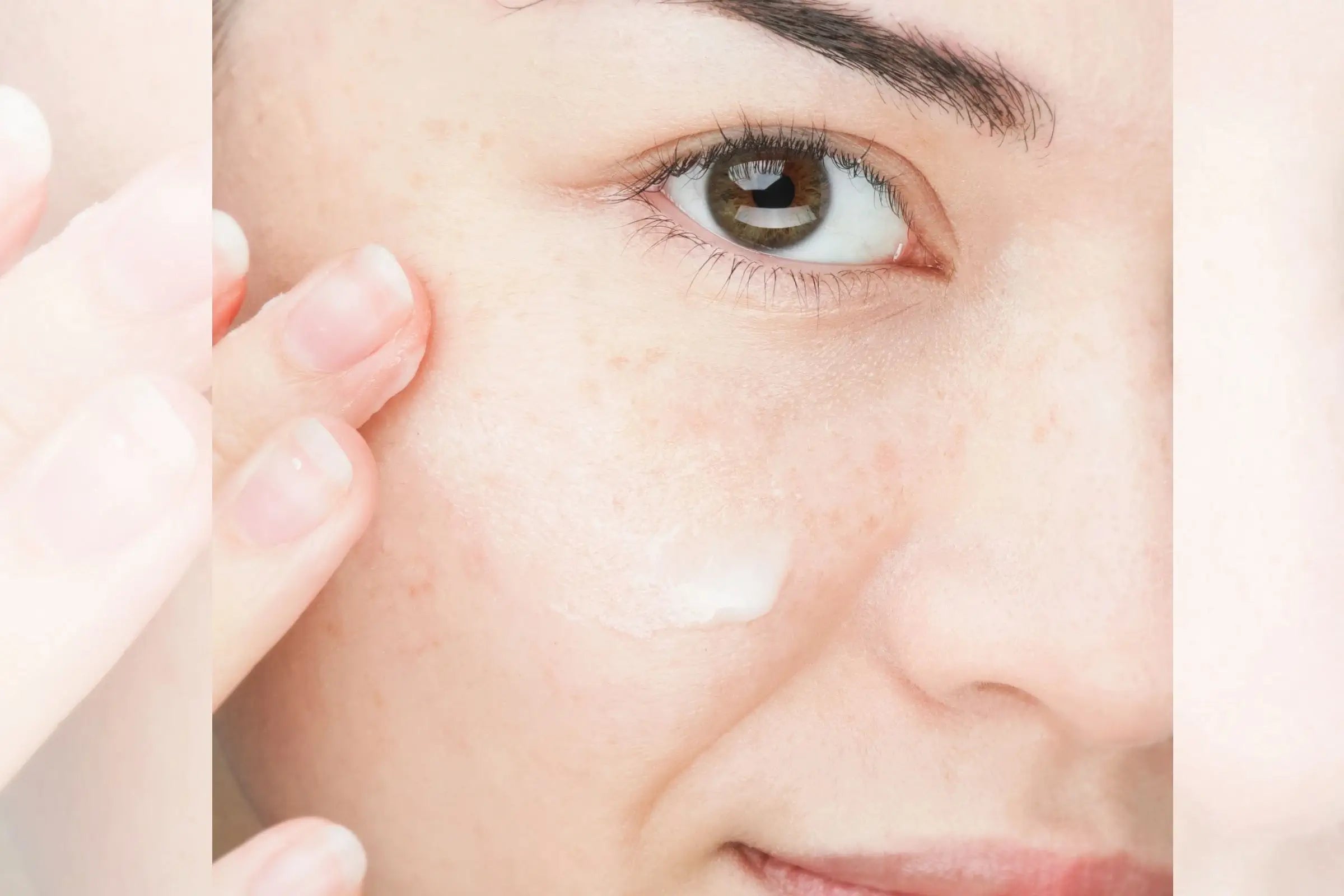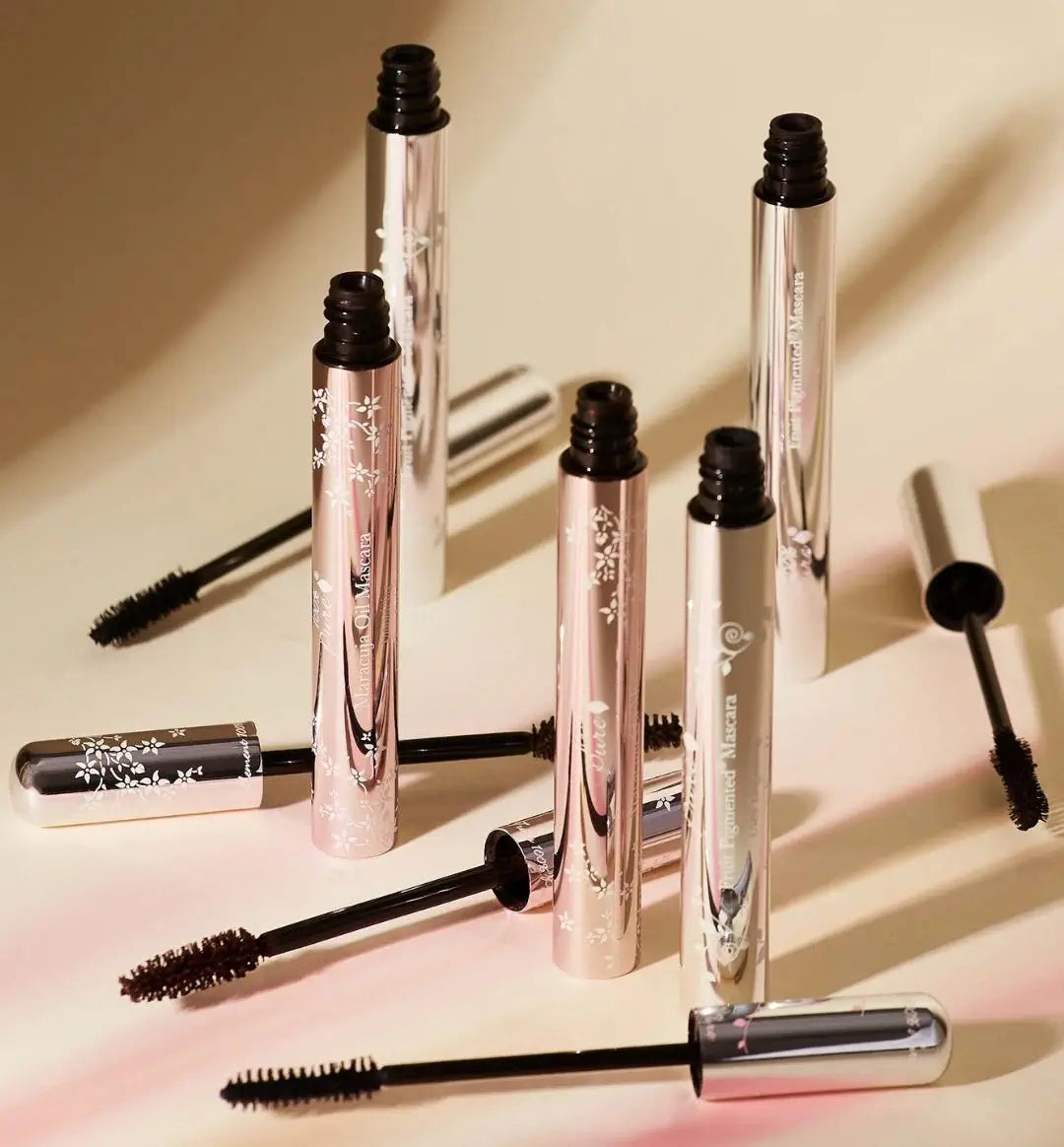The Label-Reading Challenge
Have you ever stood in the skincare aisle, blankly staring at a product’s ingredient list that looks like a chemistry textbook? You are not alone!
Those long, hard-to-pronounce names and confusing industry jargon can leave anyone confused. But here’s the thing – understanding what’s in your skincare can be a complete game changer. With a little label-reading know-how, you can cut through the confusion and start making more informed choices for your skin.
Are you ready to decode those labels and take control of your skincare routine? Let’s dive together!
Understanding skin care labels
Understanding ingredient lists is key to making smart skincare choices. By law, cosmetic companies must list every ingredient, which helps you know exactly what you’re putting on your skin. Transparency is vital because it allows you to spot potential irritants or find ingredients you love, like hyaluronic acid or niacinamide.
Here’s a quick tip: the ingredients are listed in descending order, starting with the highest concentration. So if “water” comes first, it means there is a lot of it. But for ingredients that make up less than 1% of the formula, they can appear in any order at the end of the list. This is called the 1% rule.
Learning to read labels empowers you to make better decisions about your skin. Once you get the hang of it, those difficult ingredient lists won’t seem so daunting!

5 Tips to know about decoding tags
Tip 1: Familiarize yourself with common ingredients
Start by recognizing different names for common ingredients, such as water (often referred to as “Aqua” or “Eau”). Vitamin derivatives like retinol (vitamin A), ascorbic acid (vitamin C) and tocopherol (vitamin E) are also key to know. Look out for beneficial plant extracts and oils, such as jojoba, aloe or chamomile. The more familiar you are with them, the easier it becomes to determine if a product contains ingredients that work for your skin—or ones that might not.
Tip 2: Understand preservatives and their role
Preservatives like parabens, phenoxyethanol or natural alternatives play a key role in keeping your skin care products safe by preventing the growth of mold and bacteria. While “preservative-free” may sound appealing, it could compromise a product’s shelf life and safety. Preservatives are feared by many, but they are necessary to prevent infection. Understanding which preservatives are used and why can help you make smarter decisions and avoid the “preservative-free” hype.
Tip 3: Recognize potential irritants and allergens
It is important to identify common irritants such as perfumes, essential oils, certain alcohols and sulfates, which can cause skin sensitivity. Fragrances, even if labeled as “natural,” can cause allergic reactions, and some alcohols can be drying. Watch out for hidden fragrance ingredients such as “perfume” or “perfume” on the label. Knowing these, you can better protect your skin from possible irritations and choose products adapted to sensitive skin types.
Tip 4: Look for the active ingredients and their concentrations
Active ingredients like AHAs, BHAs, retinoids and antioxidants are what make your skin care work. Pay attention to where these active ingredients appear in the ingredient list—if they’re listed near the top, there’s a higher concentration. Many products disclose percentages (eg 2% salicylic acid), which is helpful to know how strong the formula is. If an active is buried at the bottom, it may not be present in an effective amount for your skin concerns.
Tip 5: Be careful with marketing terms on labels
Terms like “natural”, “organic” and “pure” can be misleading as they are not always tested. “Natural” doesn’t always mean better, and “organic” doesn’t guarantee safety or effectiveness. Instead of focusing on these buzzwords, take the time to read the actual ingredients list. Marketing claims often distract from what really matters: if ingredients are effective and safe for your skin type and needs Make ingredient lists, not labels, your priority when choosing products.
Overcoming label-reading anxiety
It’s common to feel inundated with scientific names on skin care labels. It’s easy to worry about accidentally choosing products with harmful ingredients or being misled by marketing claims. Terms like “cyclopentasiloxane” or “phenoxyethanol” may seem intimidating, but understanding label reading doesn’t require a degree in chemistry.
Start by focusing on ingredients that are familiar and gradually research those that are less recognizable. Over time, it becomes easier to navigate these lists with confidence, allowing for smarter, safer choices without the stress of falling for confusing or misleading information.
Navigating Deceptive Marketing
When 100% Pure pioneered the natural ingredients movement, it set the stage for a wave of clean, plant-based beauty products. However, over the past two decades, many brands have adopted greenwashing tactics to appeal to the growing base of conscious consumers. Labels touting “natural” or “organic” are often more about marketing than substance, making it harder to distinguish truly ethical products from trendy ones.
Greenwashing, along with ingredient scaremongering, has led to an increase in misleading claims, especially regarding ingredients such as parabens or sulfates. These marketing ploys create unnecessary fear and confusion, distracting from science-backed facts. To navigate this, rely on reliable sources, focus on real ingredient lists, and don’t be swayed by buzzwords like “clean” or “non-toxic.” Real transparency comes from brands backing up their claims with research, not just attractive packaging.
Building your ingredient knowledge
Gaining confidence in skin care starts with understanding the ingredients and their functions. Fortunately, there are many resources available. Trusted online databases like INCI decoder and applications such as think dirty” can help you quickly look up ingredients and learn about their roles in products.
As you explore, try to categorize the ingredients according to their functions—whether they’re moisturizing, exfoliating, or preservative. Developing a list of personal preferences can guide your skincare routine.
Pay attention to how your skin reacts to certain ingredients, noting the ones it loves (like hyaluronic acid or niacinamide) and the ones that cause irritation (like sulfates or certain fragrances). Having a “watch list” of potential irritants will make it easier to avoid products that don’t suit your skin, helping you create a routine tailored to your unique needs.

PURE’s 100% commitment to ingredient transparency
100% PURE pioneers ingredient transparency, providing a full ingredient glossary to help customers make informed choices. Our active ingredients are clearly labelled, ensuring you know exactly what’s in your products.
We’re known for our Fruit-Pigmented® makeup line, which uses vibrant colors from fruit rather than synthetic dyes. We also offer organic certification for eligible products and all formulations are vegan and cruelty-free, reflecting our ethical values.
Selected Products
Fruit Pigmented® Ultra Lengthening Mascara: Uses natural pigments derived from fruit for rich, vibrant color without synthetic dyes.
Vitamin C Serum: Contains a powerful antioxidant formula with clearly labeled active ingredients for effective skin radiance.
Water tonic with fermented rice: Combines traditional Asian beauty ingredients with a modern, clean formula for gentle exfoliation.
Retinol Restorative Neck Cream: Provides age-defying benefits with a well-defined percentage of retinol for precise and informed use.
Lavender Niacinamide Pore Minimizer Tonique: Features soothing, natural ingredients that highlight the effectiveness of herbal skin care.
Conclusion: Your journey to skin care label mastery
Familiarity with skin care labels includes familiarizing yourself with common ingredients, understanding preservatives, identifying potential irritants, noting active ingredients, and navigating marketing terms. Follow these tips to build confidence and start checking labels on your current products today. Your informed choices will lead to healthier, happier skin.
Frequently Asked Questions
How can I tell if a product is truly “fragrance free”?
To make sure a product is truly “unscented,” check the ingredients list for terms like “perfume,” “perfume,” or “essential oils,” which can be sources of hidden fragrances. True unscented products should not mention these terms and should clearly state that they contain no added fragrances.
Are ingredients labeled “organic” always better for skin?
Not necessarily. While organic ingredients can be beneficial, they are not always superior to non-organic options. Focus on the overall composition and the specific needs of your skin. Organic ingredients are beneficial when they are of high quality and suitable for your skin type.
What is the difference between “active” and “inactive” ingredients on a label?
Active ingredients are those that provide specific benefits or address specific skin concerns, such as antioxidants or exfoliants. Inactive ingredients, on the other hand, support product texture, firmness and retention, but do not directly affect skin concerns.
How can I determine if a product contains ingredients of animal origin?
Look for terms like “beeswax,” “lanolin,” or “carmine” in the ingredient list, which indicate animal-derived ingredients. Products labeled vegan or cruelty-free are less likely to contain ingredients of animal origin. Checking for certifications can also help ensure that the product aligns with your ethical preferences.
Should I avoid products with ingredients I can’t pronounce?
Not necessarily. While compound names can be intimidating, many effective ingredients have scientific names that are difficult to pronounce. Focus on understanding what the ingredient does, not its name. Trusted resources and ingredient databases can help clear up any confusion.
